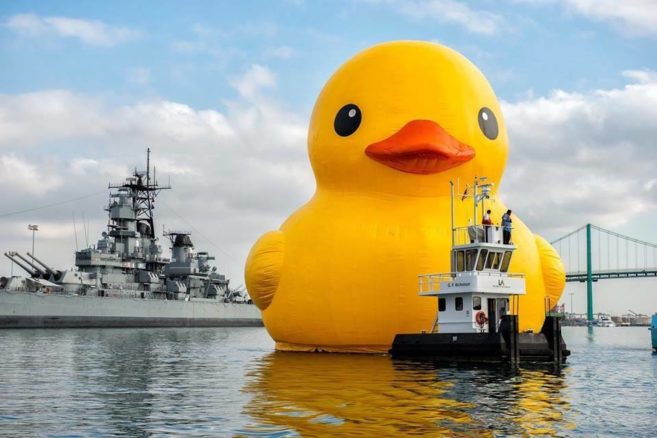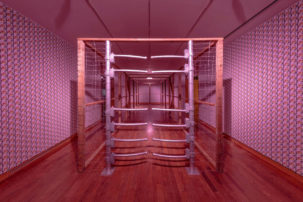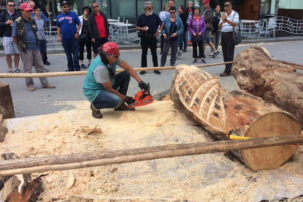This morning, five artists were shortlisted for the 2017 Sobey Art Award.
And this year, for the first time, women are dominating the Sobey shortlist. In prior years of the award, which was founded in 2002, there has never been more than two women on the five-slot shortlist at a time. This year, four of the five slots have gone to women.
This year also marks an uptick in the number of Indigenous artists shortlisted for the Sobey Art Award; in past years, no more than one Indigenous artist has been shortlisted at a time. In 2017, two Indigenous artists have been named as finalists.
Here is the 2017 Sobey Art Award shortlist:
Ursula Johnson (of Dartmouth, Nova Scotia, nominated for the Atlantic region)
Jacynthe Carrier (of Québec City, Québec, nominated for the Quebec region)
Bridget Moser (of Toronto, Ontario, nominated for the Ontario region)
Divya Mehra (of Winnipeg, Manitoba; Delhi, India; and New York, New York, nominated for the Prairies and the North region)
Raymond Boisjoly (of Vancouver, British Columbia, nominated for the West Coast and Yukon region)
Also announced today was an increase in prize money awarded to longlisted artists. As usual, $50,000 goes to the winner, and $10,000 to each of the four other shortlisted artists, but this year each of 19 longlisted artists receives $1,000 (rather than $500, as previously).
The Sobey Art Award is presented annually to a Canadian artist aged 40 or under who has exhibited in a public or commercial art gallery within 18 months of being nominated. Past winners include David Altmejd and Brian Jungen. The award is organized by the Sobey Art Foundation and the National Gallery of Canada.
The winner of the award will be announced on October 25 in Toronto. And the work of the five shortlisted artists will be exhibited at the Art Museum at the University of Toronto from October 24 to December 9.
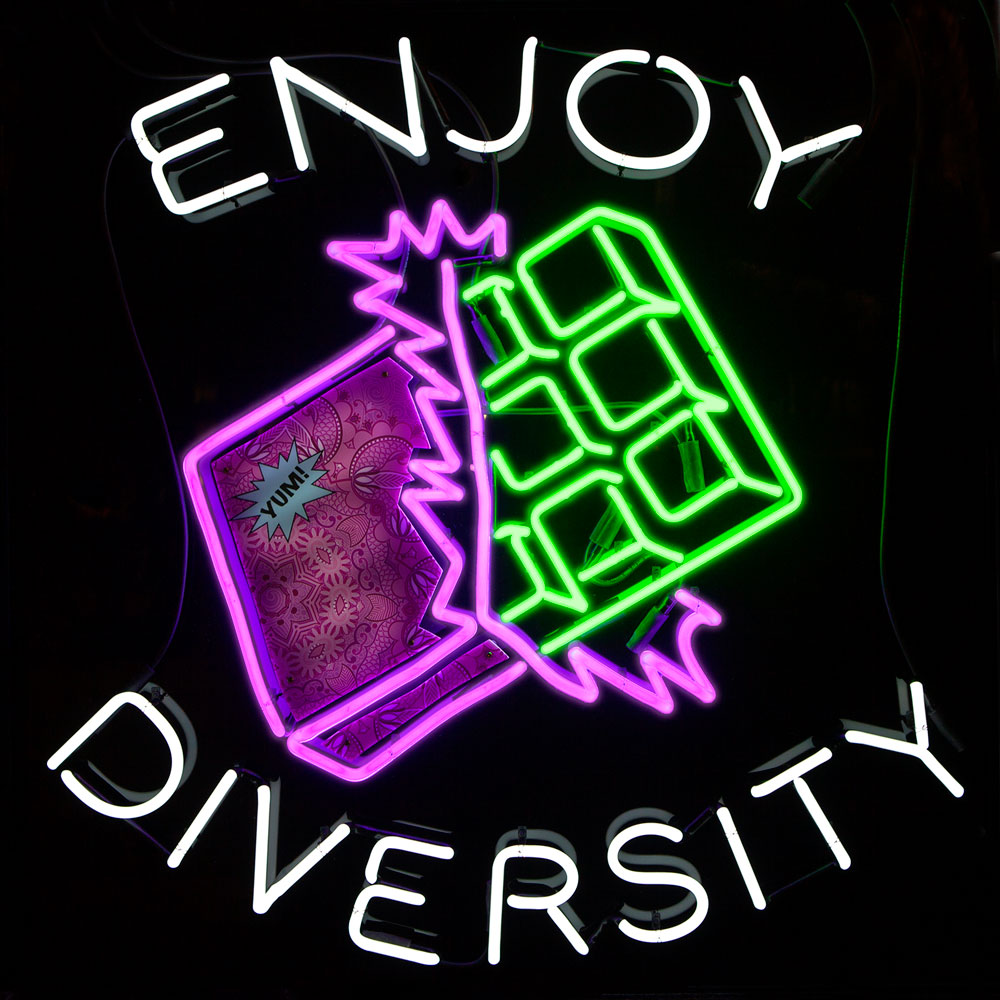 Divya Mehra’s Without You I’m Nothing (Eating the Other) (2015) is a large neon sculpture that, like many of her other artworks, satirizes and questions the effects of colonization and racism, as well as the construct of “diversity.” Collection of the Royal Bank of Canada. Photo: Karen Asher.
Divya Mehra’s Without You I’m Nothing (Eating the Other) (2015) is a large neon sculpture that, like many of her other artworks, satirizes and questions the effects of colonization and racism, as well as the construct of “diversity.” Collection of the Royal Bank of Canada. Photo: Karen Asher.
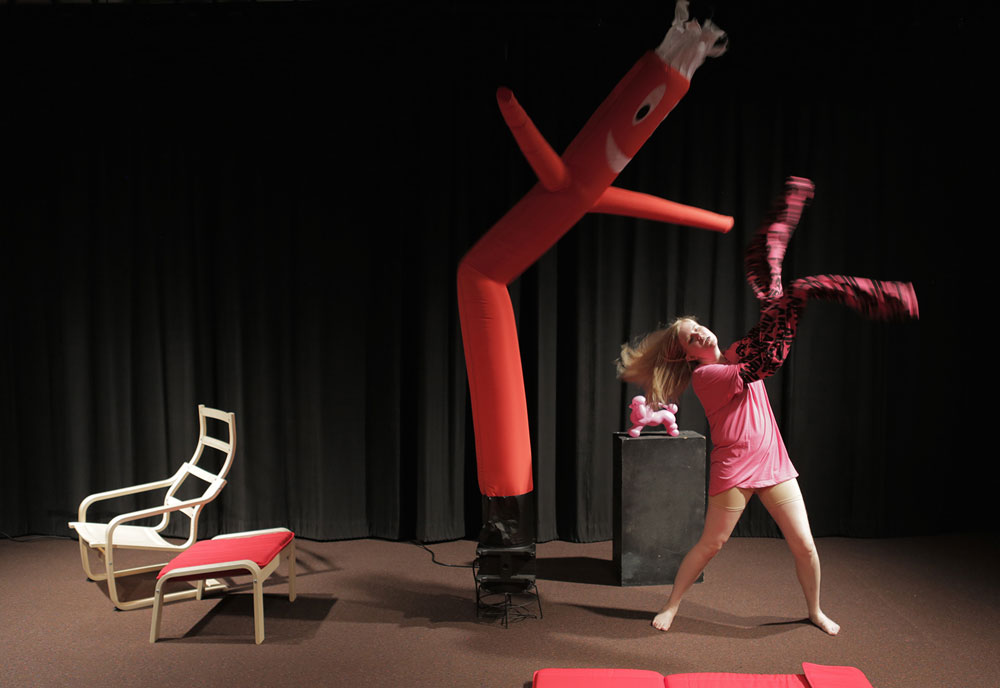 Comedy, dance and the absurd are hallmarks of Bridget Moser’s art practice, as seen in this production still from her performance Freak on a Leash (2016). The half-hour piece was first performed at Western Front in Vancouver. Photo: Ben Wilson.
Comedy, dance and the absurd are hallmarks of Bridget Moser’s art practice, as seen in this production still from her performance Freak on a Leash (2016). The half-hour piece was first performed at Western Front in Vancouver. Photo: Ben Wilson.
 Raymond Boisjoly’s Over a Distance Between One and Many (2016) is a vinyl text on wall and solvent-based inkjet on vinyl work two metres high and two metres wide. It is one of several works by the artist that reference pop culture to rethink representations of Indigeneity. Image courtesy of the artist and Catriona Jeffries. Photo: Toni Hafkenscheid.
Raymond Boisjoly’s Over a Distance Between One and Many (2016) is a vinyl text on wall and solvent-based inkjet on vinyl work two metres high and two metres wide. It is one of several works by the artist that reference pop culture to rethink representations of Indigeneity. Image courtesy of the artist and Catriona Jeffries. Photo: Toni Hafkenscheid.
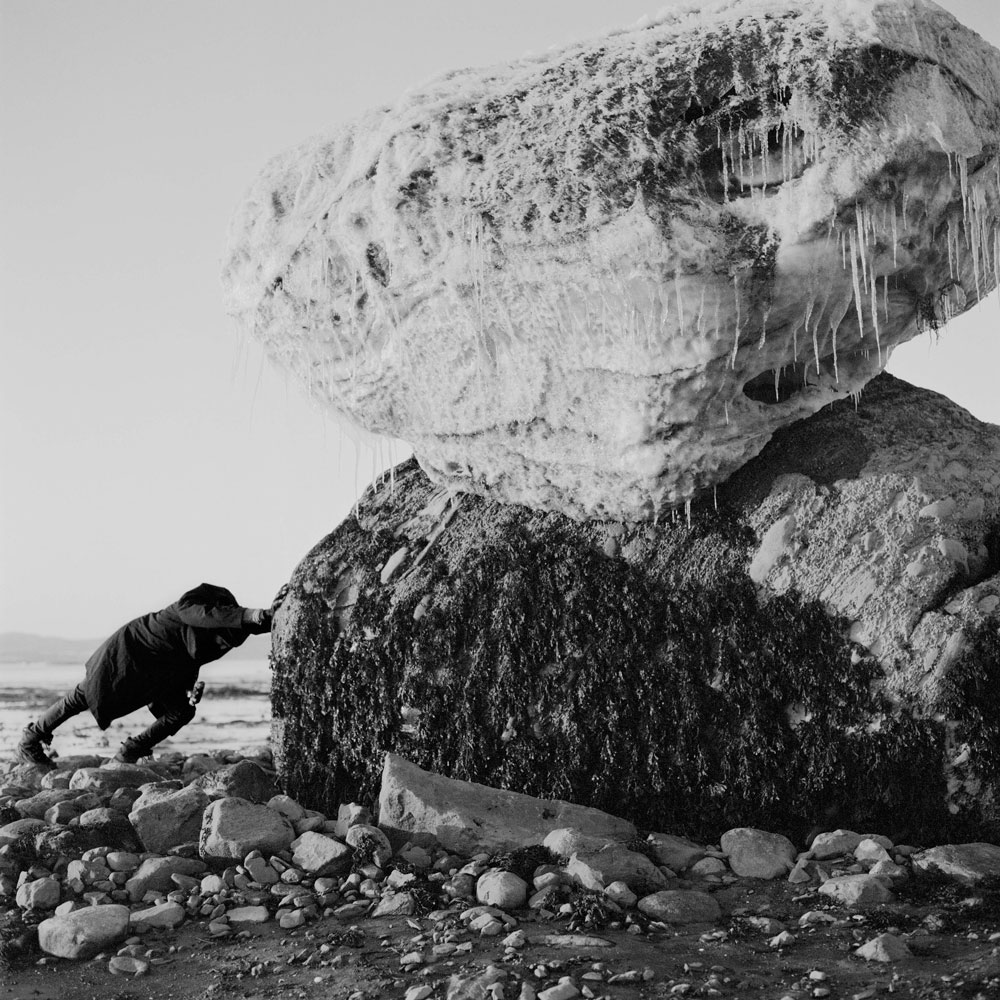 Photography and video by Jacynthe Carrier tends to reimagine relationships between individuals and the land they inhabit, as seen in this print #4 from the 2016 series Icebreaker. Courtesy Montreal Museum of Fine Arts.
Photography and video by Jacynthe Carrier tends to reimagine relationships between individuals and the land they inhabit, as seen in this print #4 from the 2016 series Icebreaker. Courtesy Montreal Museum of Fine Arts.
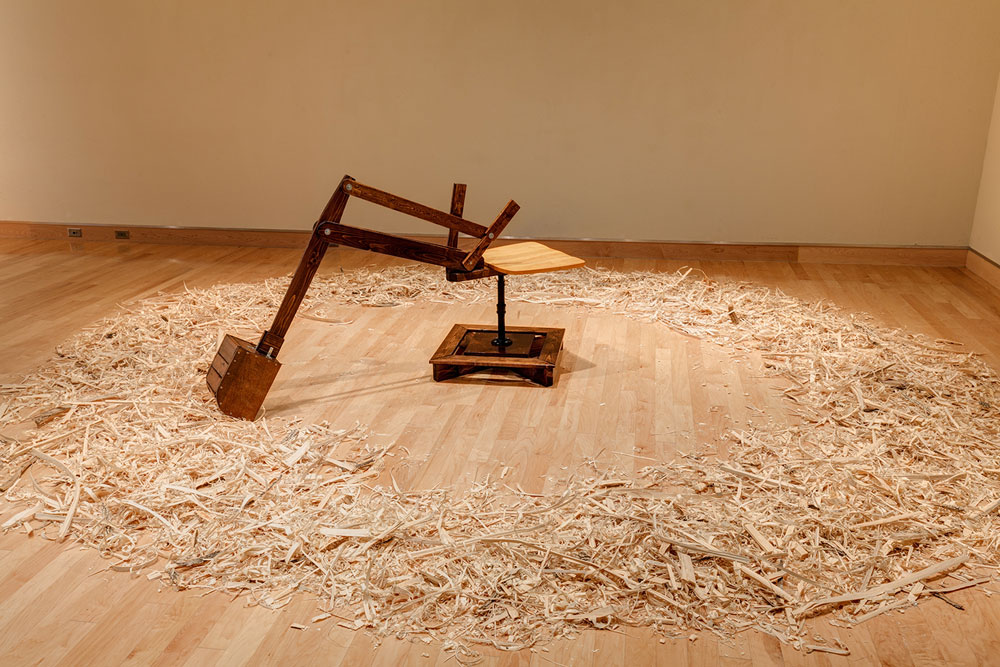 Ursula Johnson’s Excavata (2015) consists of pine, hardware, found objects and ash log shavings collected from her performance Processing in Mi’kwite’tmn. Her work interrogates outdated approaches to understanding Indigenous cultural practices. Image courtesy of the artist. Photo: Roger Smith.
Ursula Johnson’s Excavata (2015) consists of pine, hardware, found objects and ash log shavings collected from her performance Processing in Mi’kwite’tmn. Her work interrogates outdated approaches to understanding Indigenous cultural practices. Image courtesy of the artist. Photo: Roger Smith.

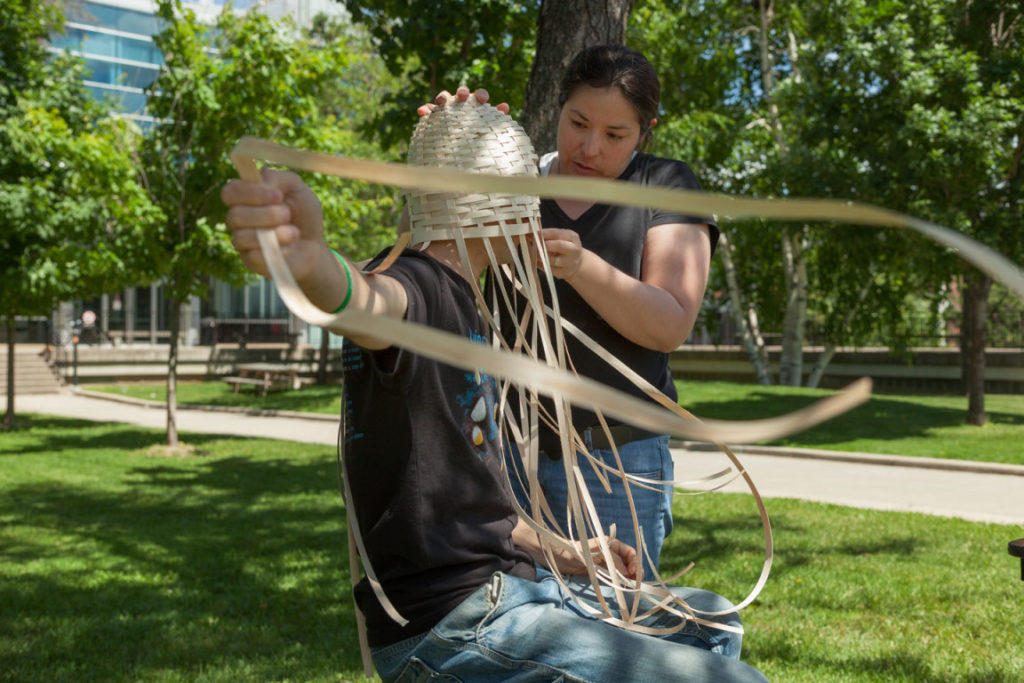 Mi'kmaw artist Ursula Johnson weaves traditional basketry around a volunteer's body in her 2014 performance L’nuwelti’k (We Are Indian). Image courtesy of Carleton University Art Gallery for "Making Otherwise: Craft and Material Fluency in Contemporary Art," curated by Heather Anderson.
Photo: Justin Wonnacott.
Mi'kmaw artist Ursula Johnson weaves traditional basketry around a volunteer's body in her 2014 performance L’nuwelti’k (We Are Indian). Image courtesy of Carleton University Art Gallery for "Making Otherwise: Craft and Material Fluency in Contemporary Art," curated by Heather Anderson.
Photo: Justin Wonnacott.
